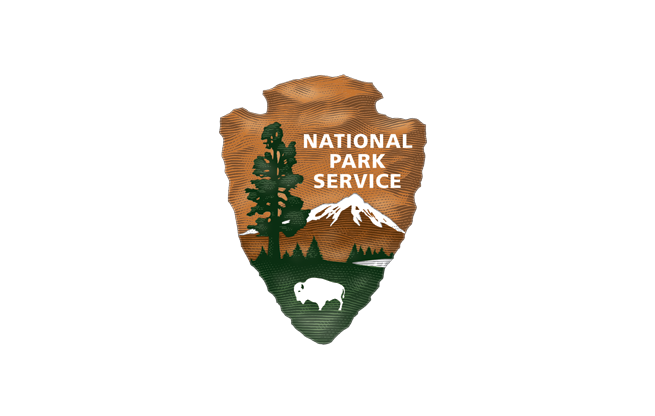When you visit a national park, as you walk, cycle, or drive through the entrance, do you wonder how that park is funded? Especially if it is not charging an entrance fee? Every year, the U.S. Congress allocates funds to the parks in the federal budget, but that allocation falls short of fully covering the costs of running a national park site. How do parks make up the difference?
Some parks charge visitor fees, camping fees, and tour fees, and that helps. Nonprofit cooperating associations, like HPPA, support parks through visitor center park store sales, donation fundraising, and helping to manage grants from state agencies, foundations, or conservation organizations. Philanthropy and corporate sponsorships are also becoming more common ways to get funding to parks. You may also see concession and commercial services like hotels and lodges, restaurants and tours in the parks. They have contracts with the park and pay franchise fees or a percentage of their revenue to operate within the park boundaries.
Do you wonder how you can best support the parks you love? There are lots of ways, and here are just five of them:
- If you live close to a national park site, probably the most fun way to support it is to volunteer your time for a few hours a week or month! Also, some larger national parks have full-time volunteer programs during which you live in the park, either in housing provided or at camping hookups in your own vehicle. Volunteers at Hawaiʻi Volcanoes National Park have been a huge part of the hawksbill sea turtle nest monitoring project for months every year, for example. Check with the parks you love to see what their needs are. Not all park volunteering is giving walks and talks, either. Many parks need office help, backcountry help, trail maintenance (that tall grass doesn’t cut itself), help with park archives, help managing native species, and lots more. If you have time to give, consider becoming a volunteer.
- Searching for that perfect spot to basecamp yourself and your besties or fam for your time in a national park? Dig a little deeper in your trip planning and choose local businesses and sustainable options for lodging, food, and shopping. Many gateway communities (those found right outside park gates, or very nearby) depend on park tourism. According to the NPS, in 2024, 325 million park visitors spent an estimated $26.4 billion in local gateway regions while visiting National Park Service lands across the country. These expenditures supported a total of 415 thousand jobs, $19.4 billion in labor income, $32.0 billion in value added, and $55.6 billion in economic output in the national economy. Supporting gateway communities like Volcano Hawaiʻi (Hawaiʻi Volcanoes National Park), Captain Cook (Puʻuhonua o Hōnaunau National Historical Park) or Kula (Haleakalā National Park) strengthens local economies and encourages stewardship of nearby public lands!
- Yes, it is time-consuming and you sometimes wonder if you are being heard, but contacting elected officials to advocate for strong funding of the National Park Service and environmental protections does make a difference. Speak up about the importance of national parks to help keep them a legislative priority. Each U.S. state maintains its own legislative website, where you can access directories of your current legislators, their contact information, and legislative activities. The Library of Congress also provides a centralized list of these official state legislature websites. To love your parks is to speak up for your parks.
- This one is a no-brainer but always worth saying: Following Leave No Trace principles, staying on designated trails, camping in designated spots, and respecting wildlife by keeping your distance helps protect park resources. And, if park staffing is low, you are helping more than you know when you step lightly and model best practices for first-time visitors who may be watching you. We are all responsible for these places we love.
- Most national parks have official nonprofit partners like us (Hawaiʻi Pacific Parks Association), or a Friends of... group, or a Conservancy partner. We all fundraise for, and donate to, general and specific park needs. Becoming a member, making a donation, or purchasing from visitor center park stores helps fund education, conservation, and preservation projects.
Learn about national parks volunteer programs here.
You can find your congressional representatives here.
You can donate to Hawaiʻi Pacific Parks Association here. You can also donate at the counter at most national parks visitor center stores.



